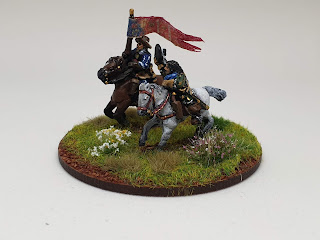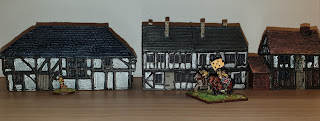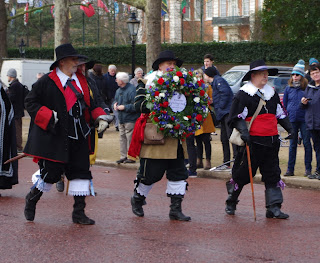Photography: Miniatures

I've seen a few discussions along the lines of "how do I take good pictures of miniatures" on different fora over the past few months. I can't help you take good pictures, but I might be able to help you take half decent pictures. King Charles will be our model for the day. (Picture taken in portable studio mentioned below) I also like cameras. There I've said it. Now that is out in the open we can move on. I can happily drop phrases like 'macro', 'bokeh' and 'full frame' into a conversation, but my eyes glaze over when 'f-stops' get mentioned. As a glasses wearer of 40+ years I let the camera do the hard work, so it is 'automatic' all the way here. First we need to talk about cameras. Photography anoraks will drone on and on about cameras for ever, if you allow them. Simple answer is, got a smartphone? Answer yes? Then the camera in your phone will be more than adequate. No camera phone? Then you'll need a ca...








